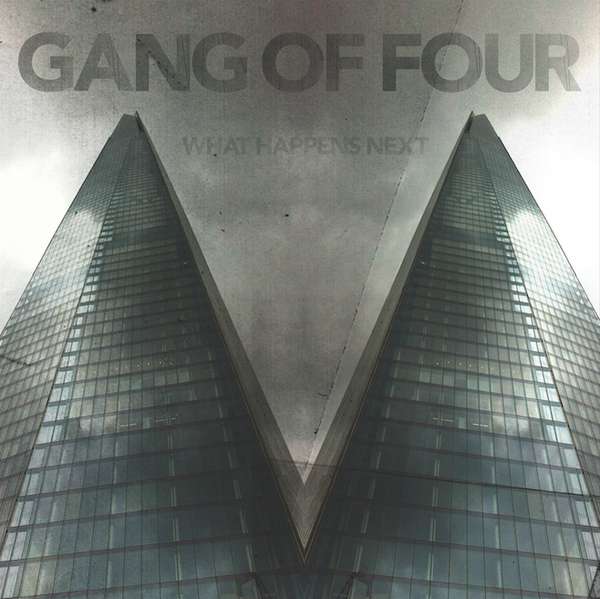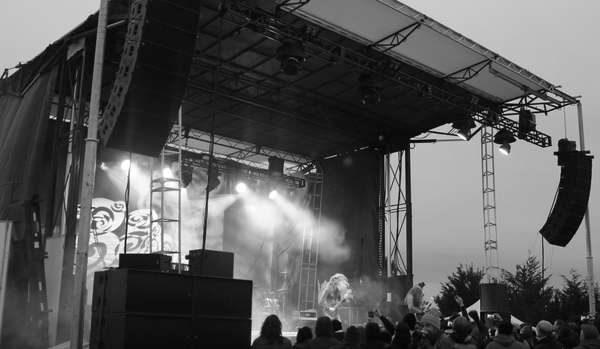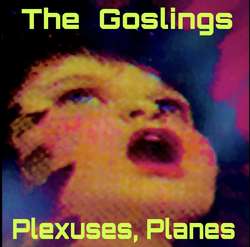I haven’t listened to Gang of Four in a long time, and I tend to stick to the classic Entertainment!, released in 1979, when I do. That’s not to talk about the band’s changes in 30 years, but to introduce that I’m not well versed on recent output. Obviously the band has changed since the early days, the most significant with their 2015 album What Happens Next is the loss of vocalist Jon King. Is it a blow to the band, or just a change of direction? Comments from guitarist Andy Gill view it as a new beginning.
Without hearing recent albums, what I can tell you is that What Happens Next is a bit schizophrenic, vocally, and the band’s identity is wrapped around their guitars and rhythm section, using vocals to emphasize a melody but those vocals rarely take a song and run away with it, the remain a second piece of the composition, a means to an end, average and rather insignificant. The use of numerous guests accents this.
The dominant force with the new record is the beat, which often takes on a surprisingly dancey and somewhat industrial vibe while Andy Gill’s guitars resonate and occasionally wail but mostly take a back seat. Perhaps the industrial influence comes from new home, Metropolis Records. It’s rhythm-heavy music, but with bits of loud guitar that carries the momentum. The vocals, mostly from John “Gaoler” Sterry are monotone, failing to bring the songs to life beyond the music sheet. “The Dying Rays” is sung in a deeper, morose tone that gives a melancholic sense. It gives off a more attention-capturing feeling than much of the record, but it’s still not a standout. There’s just something lacking. When guest vocals take over, the record takes a distinct new direction. “Broken Talk” features Alison Mosshart and, while this sounds bizarre, it reminds of turn of the Millennia KMFDM songs with female vocals. “Graven Image” sounds like The Faint.
When leans more toward their post-punk past stylings, such as in “First World Citizen,” the song just doesn’t latch onto the memory banks as it should. It sounds like a Gang of Four song has always sounded, but with a little less luster. That is the course of the record, unfortunately. While nothing on What Happens Next is discordant, unmelodic, or off the wall, nothing really stands out either. It takes a few surprising turns between the shared vocals, but it never really lands anywhere, which begs the same question fans had coming into the record: what happens next?







